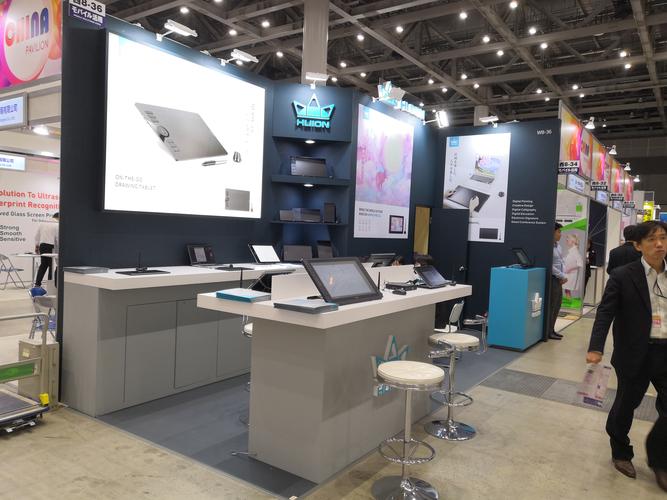Bitcoin Mining Machines: A Comprehensive Guide
Bitcoin Mining Machines: A Comprehensive Guide
Are you intrigued by the world of cryptocurrency and the concept of mining Bitcoin? If so, you’ve come to the right place. Bitcoin mining machines are the backbone of the Bitcoin network, and understanding them is crucial for anyone looking to get involved in the crypto space. In this detailed guide, we’ll explore the various aspects of Bitcoin mining machines, from their history to their future potential.
Understanding Bitcoin Mining Machines

Bitcoin mining machines, also known as ASICs (Application-Specific Integrated Circuits), are specialized computers designed for the sole purpose of mining Bitcoin. These machines are significantly different from regular computers, as they are optimized for processing complex mathematical calculations required for mining Bitcoin.
When you mine Bitcoin, your machine solves cryptographic puzzles to validate transactions on the blockchain. The first machine to solve the puzzle is rewarded with Bitcoin. This process is known as Proof of Work (PoW), and it’s what makes Bitcoin secure and decentralized.
Types of Bitcoin Mining Machines

There are several types of Bitcoin mining machines available on the market, each with its own set of features and performance levels. Here’s a breakdown of the most common types:
| Type | Description | Performance | Power Consumption |
|---|---|---|---|
| ASIC Miners | Application-specific integrated circuits designed for mining Bitcoin | High | High |
| GPU Miners | Graphics Processing Units repurposed for mining | Medium | Medium |
| FPGA Miners | Field-Programmable Gate Arrays designed for mining | Low | Low |
ASIC miners are the most efficient and powerful option for Bitcoin mining, but they also come with a higher price tag. GPU miners are a more affordable alternative, but they are less efficient than ASIC miners. FPGA miners are the least efficient and most expensive option, but they offer flexibility in terms of mining different cryptocurrencies.
Choosing the Right Bitcoin Mining Machine

Selecting the right Bitcoin mining machine is crucial for your success in mining. Here are some factors to consider when choosing a Bitcoin mining machine:
- Hash Rate: The hash rate is a measure of how many calculations your machine can perform per second. A higher hash rate means your machine can solve cryptographic puzzles faster and, therefore, mine more Bitcoin.
- Power Consumption: Mining Bitcoin requires a significant amount of electricity. Make sure to choose a machine with a good balance between hash rate and power consumption to minimize your electricity costs.
- Price: The cost of a Bitcoin mining machine can vary widely. Consider your budget and the potential return on investment when choosing a machine.
- Brand and Warranty: Opt for a reputable brand with a good warranty to ensure your machine’s longevity and performance.
Setting Up Your Bitcoin Mining Machine
Once you’ve purchased your Bitcoin mining machine, it’s time to set it up. Here’s a step-by-step guide to help you get started:
- Connect the Power Supply: Make sure your machine is connected to a stable power source.
- Connect the Cooling System: Ensure your machine has adequate cooling to prevent overheating.
- Install the Mining Software: Download and install a mining software that supports your machine’s hardware.
- Join a Mining Pool: Joining a mining pool can increase your chances of earning Bitcoin by combining your computing power with other miners.
- Start Mining: Once everything is set up, start mining Bitcoin and monitor your machine’s performance.
The Future of Bitcoin Mining Machines
The world of Bitcoin mining machines is constantly evolving. As the difficulty of mining Bitcoin increases, miners will need to invest in more powerful and efficient machines. Here are some trends to watch for in the future:
- Increased Efficiency:






